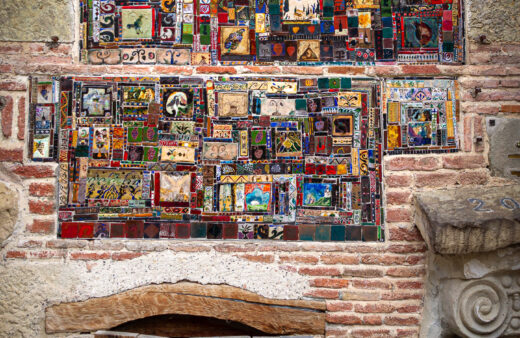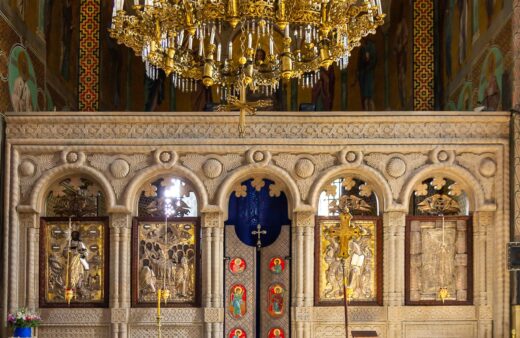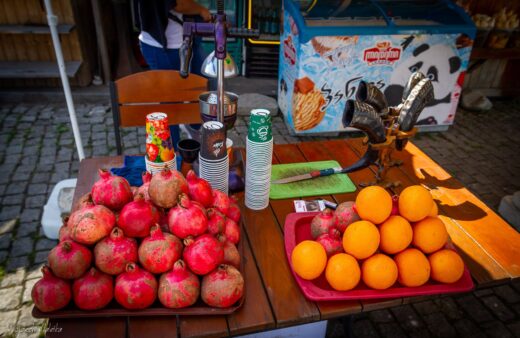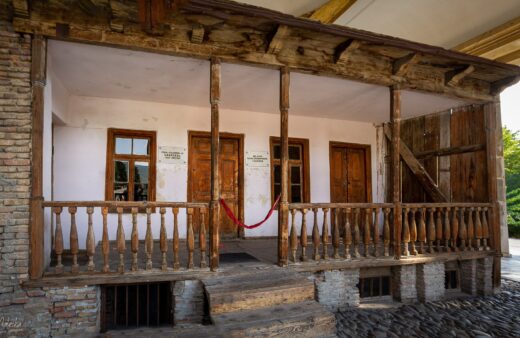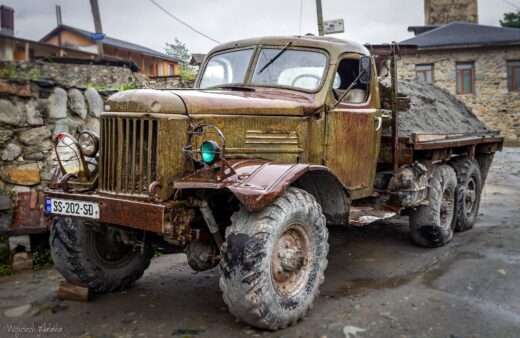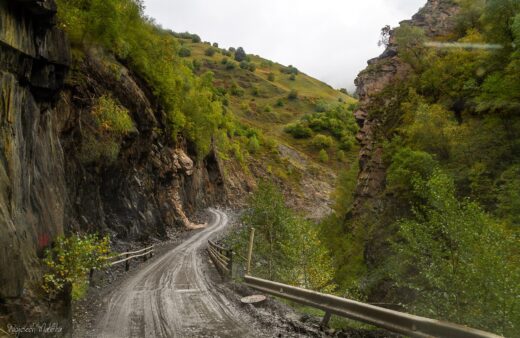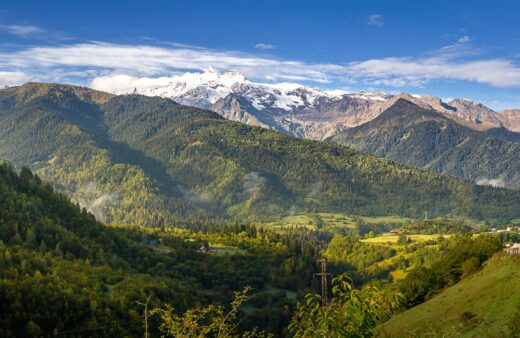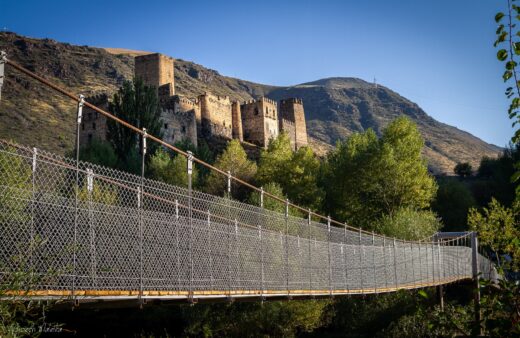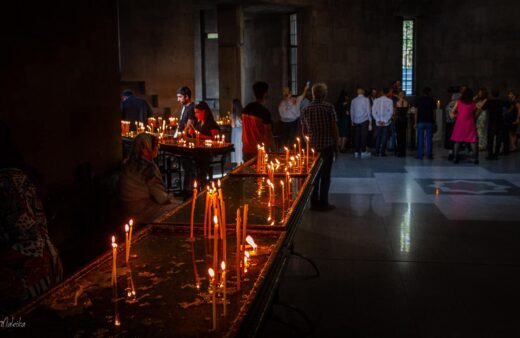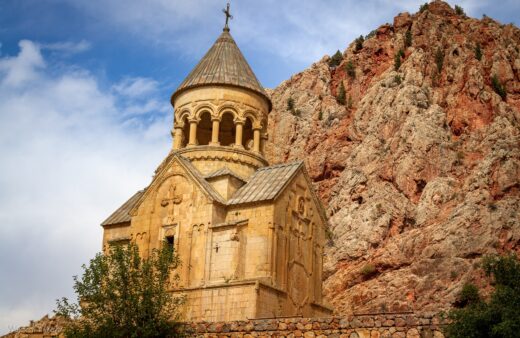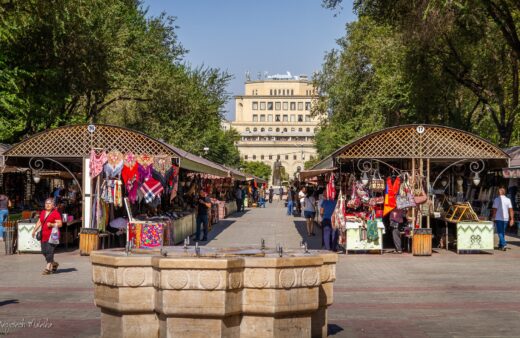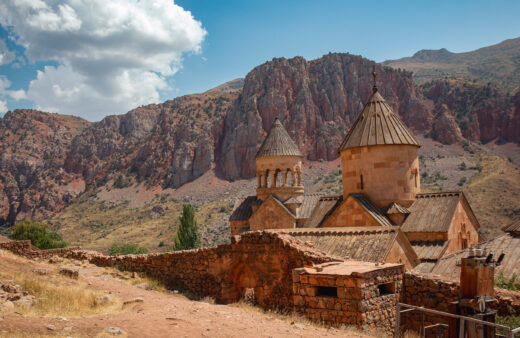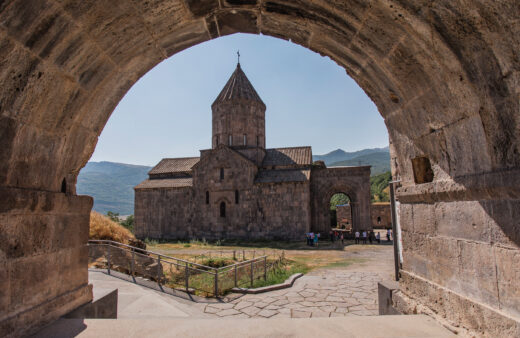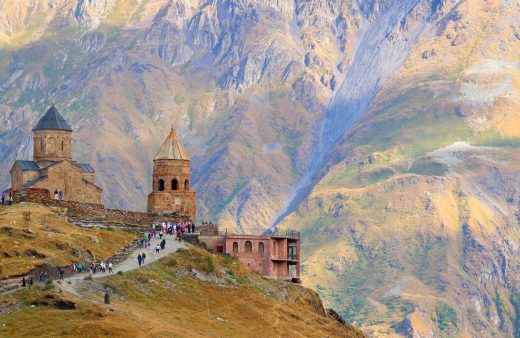- Opis wycieczki
- Plan podróży
- Cena zawiera
- Galeria
Much has been said and written about Georgia. This country has been very popular among Poles for years. Lovers of mountains, good food, eastern climates, folklore and homely atmosphere travel there. Everyone will definitely find something for themselves in Georgia. Armenia, on the other hand, is an interesting, though still underestimated, tourist destination. It boasts a rich history. The country is littered with ruins of ancient buildings, medieval monasteries and fortresses. The Armenians have learned to perfectly place the buildings that are important to the nation in the most beautiful way. The landscapes there are breathtaking on average every dozen or so kilometers.
culture-and-history
entertainment
Trekking/hiking
Plan podróży
FLIGHT TO GEORGIA FROM ANY PREFERRED AIRPORT
Our Caucasian adventure begins with a meeting at the airport, where after passport and baggage check-in, we will set off on a journey to Georgia. Despite its relatively small area, Georgia offers a wide range of attractions. Snow-covered peaks of the Caucasus, medieval castles and towers hidden in inaccessible valleys, wine areas with the beautiful Alazani Valley at the forefront, vast steppes in the east, modern Tbilisi and towns where time stopped a long time ago – you will see this and many others in Georgia – a land which, according to legend, God wanted to keep it for himself.
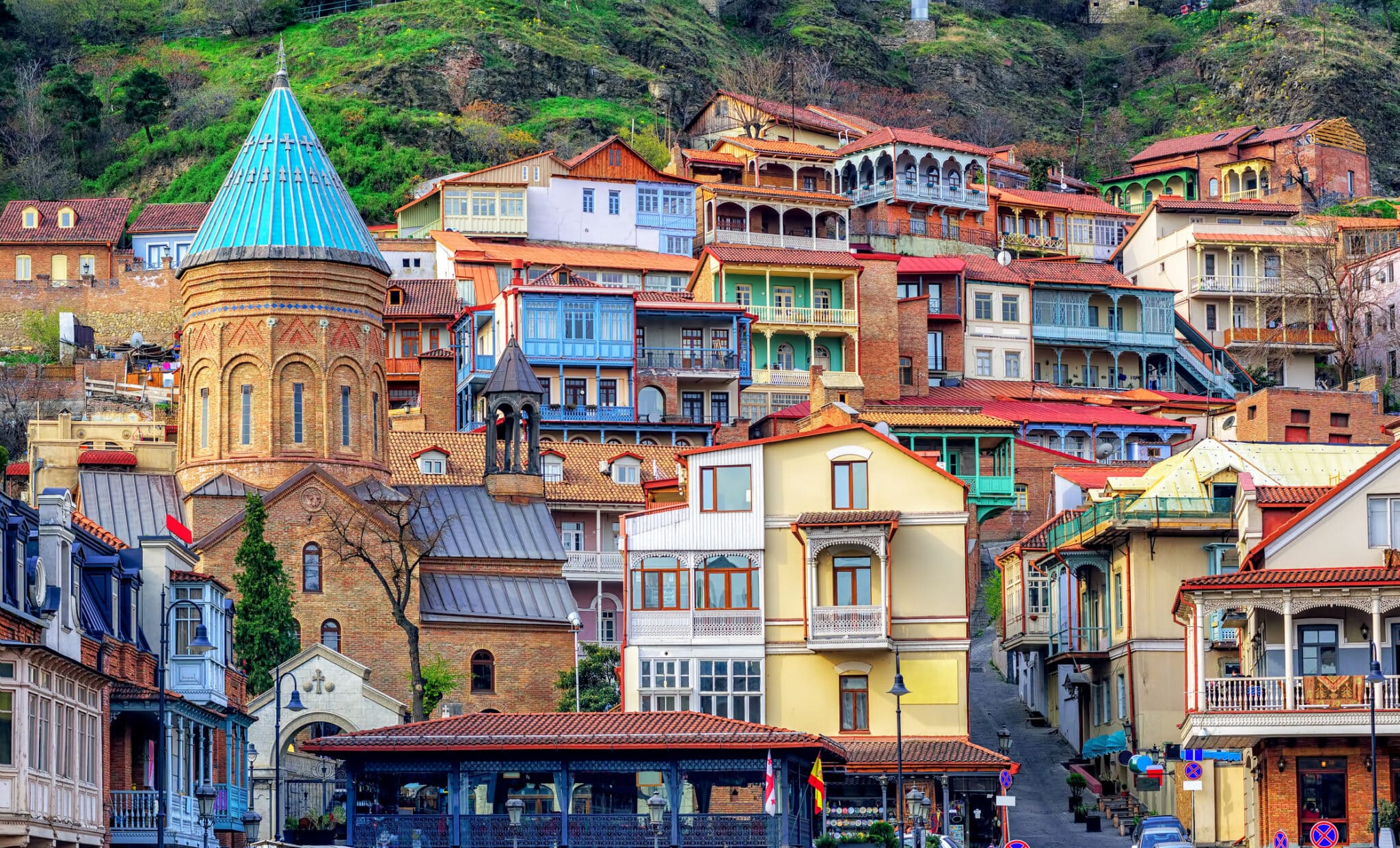
TBILISI
Tbilisi is officially inhabited by about 1.1 million inhabitants. The capital of Georgia has many faces. It combines the atmosphere of the old town with narrow streets and oriental architecture, classicist and Art Nouveau from the period of the Russian Empire and the first wave of industrialization, Soviet with crude centrally planned architecture and modern, full of shiny glass and LED lights.
During our tour of Tbilisi we will experience all this diversity. We will visit centuries-old churches, the Muslim quarter with sulfur baths, the representative Szota Rustaveli Avenue with the parliament building and other important buildings, Rike Park behind the characteristic glass bridge and many others.
During dinner, Georgian dancers will perform in front of us, showing several spectacular dances and acrobatics.
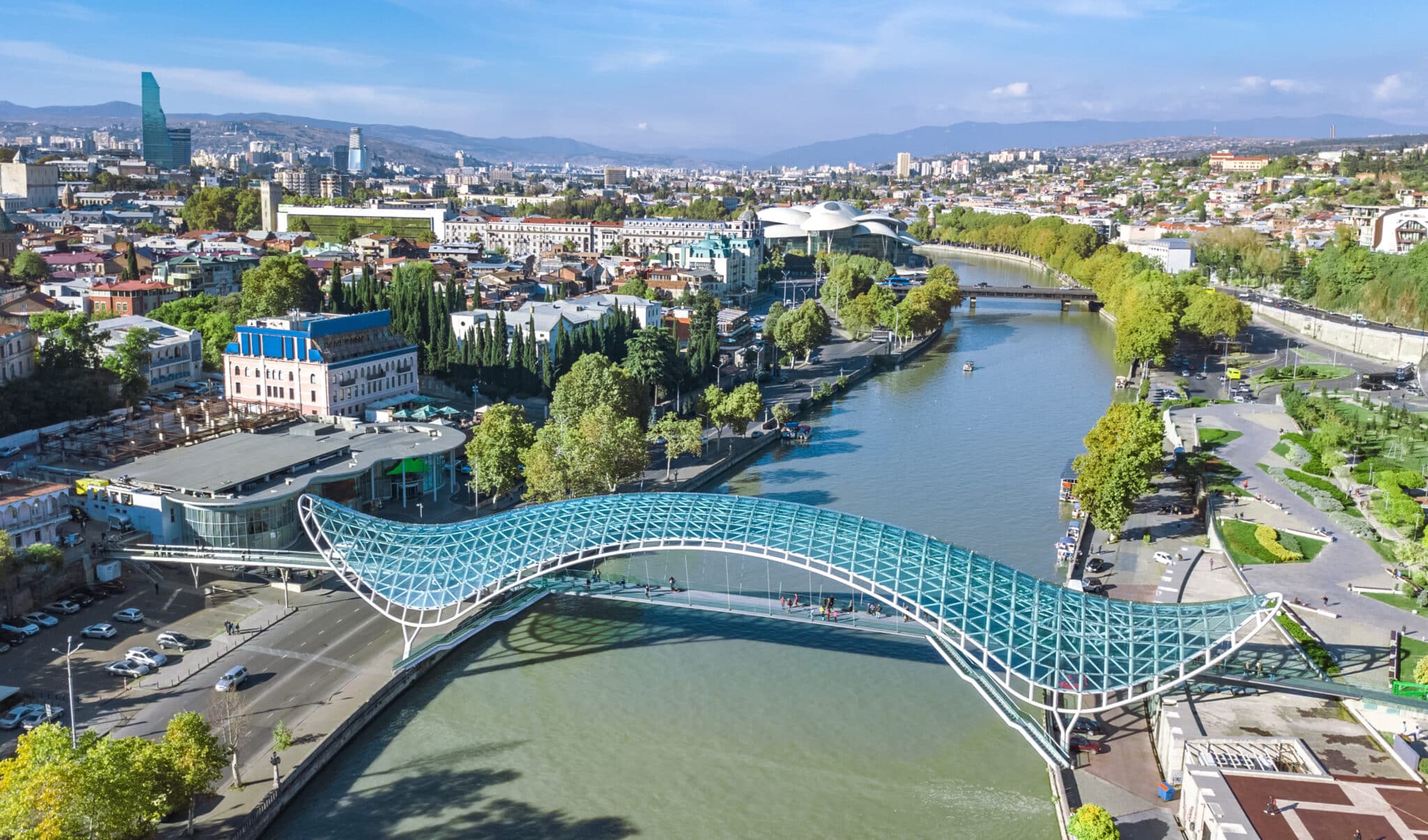
THE GEORGIAN WARWAY - GERGETI CMINDA SAMEBA - MMCCHETA – TBILISI
On this day we will travel the so-called Georgian Military Road to the north, just below the border with Russia. This is by far the most popular route in all of Georgia. On the way, we will stop at the medieval fortress of Ananuri, picturesquely situated on the turquoise Zhinwali Lagoon.There we will learn the history of the struggles of local magnates – erystavs. Higher in the mountains, we will stop at a viewpoint, which is also a monument with a socialist realist mosaic. Photos from this place are always a sensation on social media.
The highest point of our route will be Jvari Pass (2395 m above sea level), around which there is a wonderful view of the green slopes and snow-capped peaks of majestic mountains.
However, the most important goal of the day will be the church of Tsminda Sameba at the foot of Kazbek, where we will get with the help of reliable off-road vehicles. This is certainly the most recognizable place in Georgia. Pictures of the church against the backdrop of a great mountain decorate the covers of guidebooks and postcards. If the weather is good, we will also see the golden glow of the sun’s rays falling on the snow cap of Mt. Kazbek.
On the way back, we will visit Mtskheta – the former capital, where at the beginning of the 4th century thanks to St. Nino of Cappadocia began the Christianization of Georgia. We will enter the Cathedral of Sveti Tskhoveli – the most sacred place in the country.
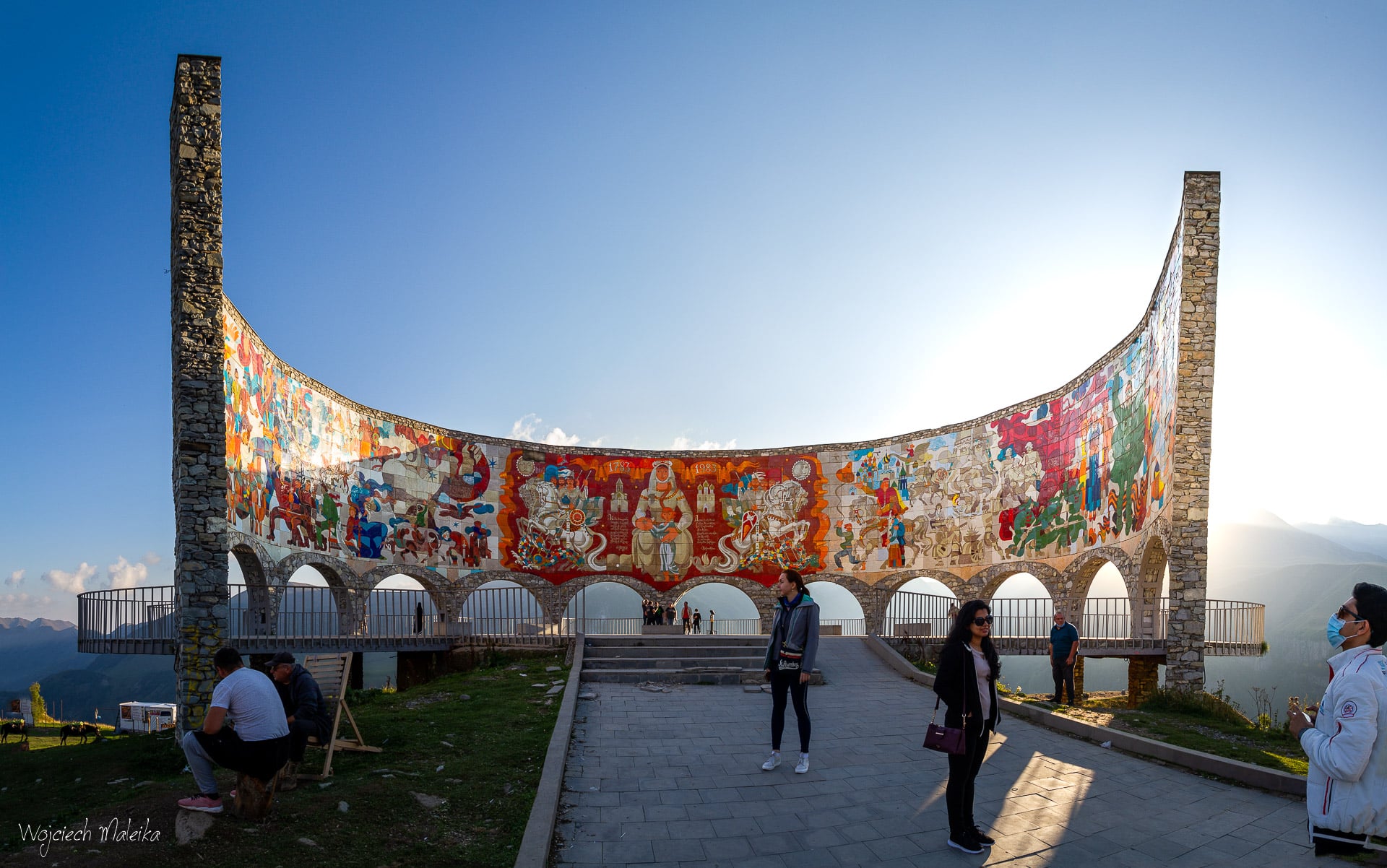
KAKHETIA - SIGHNAGHI - DAVID GAREJA MONASTERY – TBILISI
Georgia is famous for its excellent wine. Even the very word “wine” probably comes from the Georgian language. Georgian toasts, supras, tamadas, etc. are all known. All over Georgia, these traditions are alive and well-maintained, but Kakheti, more specifically the Alazani Valley, is an outstanding wine-producing region. This is where the best grape varieties grow, and local vineyards export their products to a wide range of recipients around the world. We couldn’t miss it.
In Kakheti, we will taste wines from endemic grapes and visit Sighnaghi – the city of love, reminiscent of Italian Tuscany. Looking at the Alazani Valley from the high plateau on which the town is located, we will raise a toast to the beauty of this country.
We will also cross the steppe areas to reach the David Gareja Monastery carved in the rock, entered on the UNESCO list. We will also see colorful rock formations and almond plantations along the way.
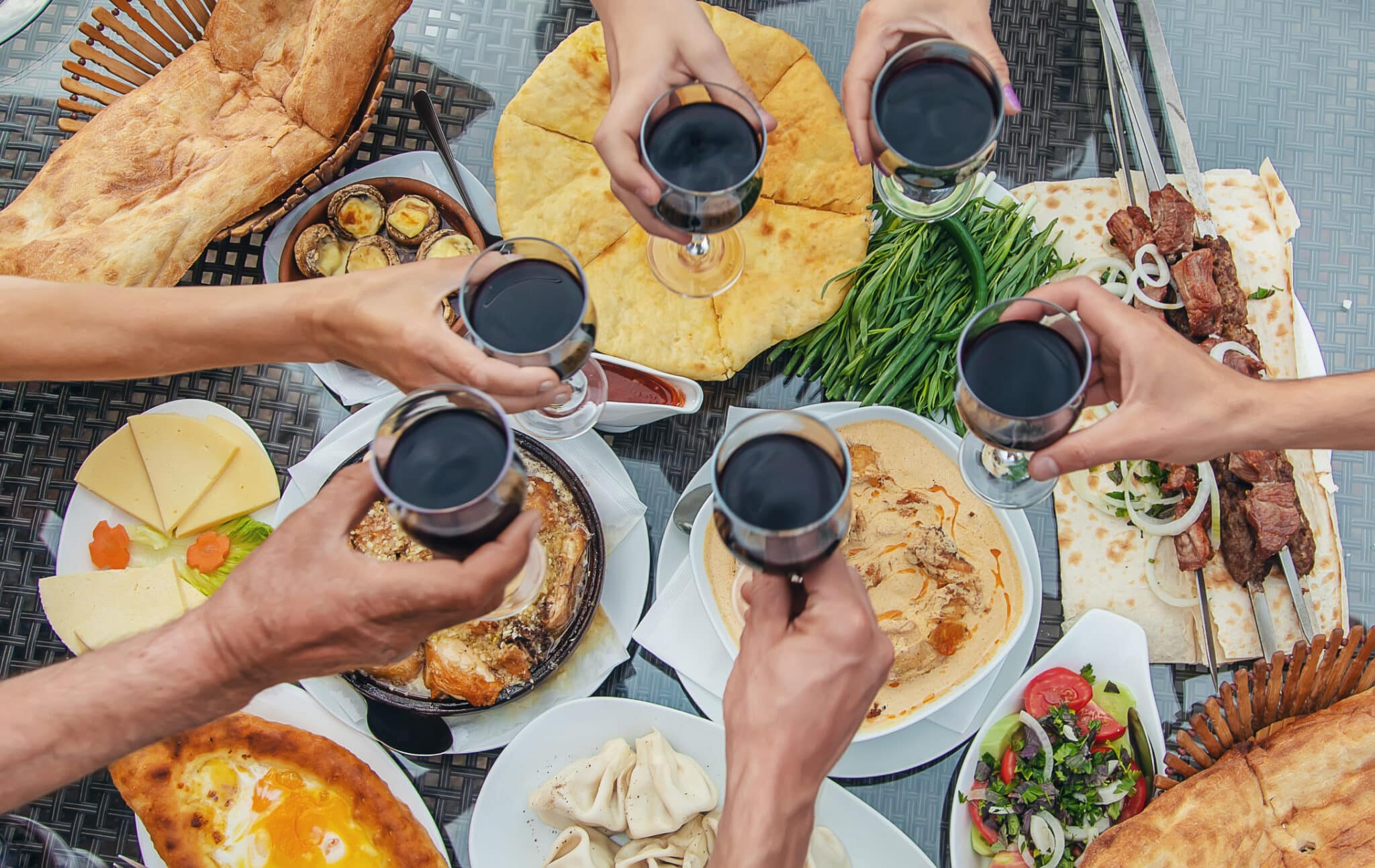
UPLISCYCHE - GORI – ACHALCICHE
In the morning we will leave Tbilisi and go to the central and southern parts of the country. On the way, we will visit the rock city of Uplistsikhe from the 5th century BC. and Gori – the city of Stalin. At the house of the Soviet dictator, we will try to explain and understand the attitude of Georgians towards this figure.
We will enter the Samtskhe-Javakheti region. Going up the Kura River, we will come across numerous ruins of medieval “quiet”, that is the Georgian fortresses. The Samtskhe-Javakheti region was considered the soft underbelly of Georgia, from where the country was most often invaded by foreign troops. Hence the presence of numerous fortifications. We will enter the restored Rabati fortress in Akhaltsikhe, the interior of which resembles the scenery of a Turkish historical series. In short, a perfect place for photo sessions.
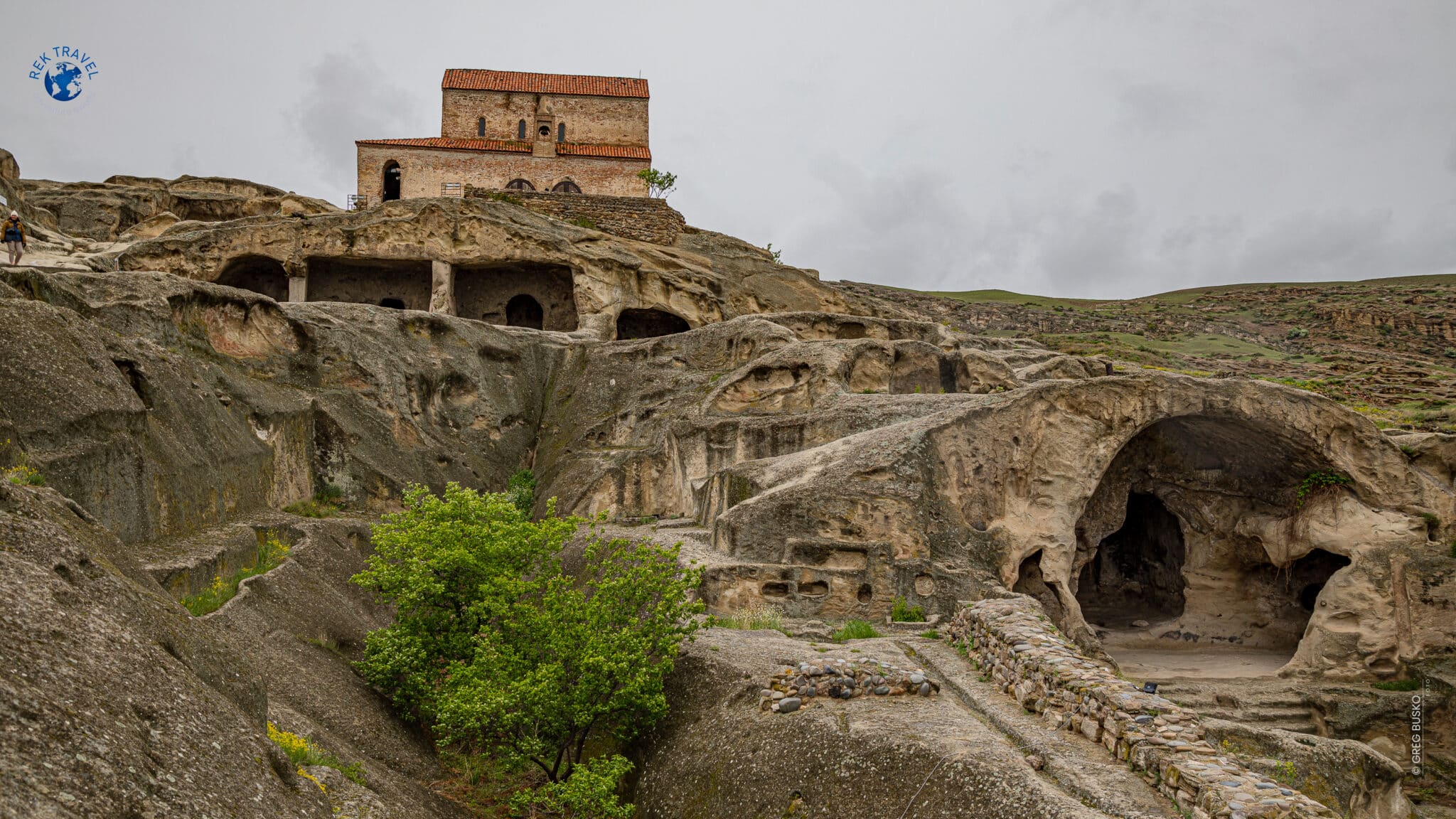
CHERTWISI - WARDZIA – GIUMRI
Going further up the river Kura, we will reach the Chertwisi fortress, which, according to legend, was besieged by the army of Alexander of Macedon. A bit further there is one of the most interesting places in Georgia – the remains of the rock city of Vardzia, remembering the times of Tamar Mepe – an outstanding ruler of medieval Georgia. We will look into the chambers carved in the rock and learn the history of this extraordinary place.
Traveling through Samtskhe-Javakheti, we will see vast rural areas where numerous ethnic and national minorities of Georgia were resettled for many years. It is a border area with Armenia, so the entire area around the cities of Akhalkalaki and Ninocminda is inhabited by Armenians.
After crossing the border, we will find ourselves on the territory of Armenia. Our first destination in this country will be the city of Gyumri – formerly Leninakan. Giumri suffered severely during a strong earthquake in 1988. However, the Armenians made efforts to restore the city to its former glory. Currently, it is the second largest city in Armenia. We will see there the “black cathedral”, an iron fountain that survived the cataclysm, the Sevberd fortress – a 19th-century Russian fortress on a circular plan and the Victory Park with a monument depicting Mother Armenia.
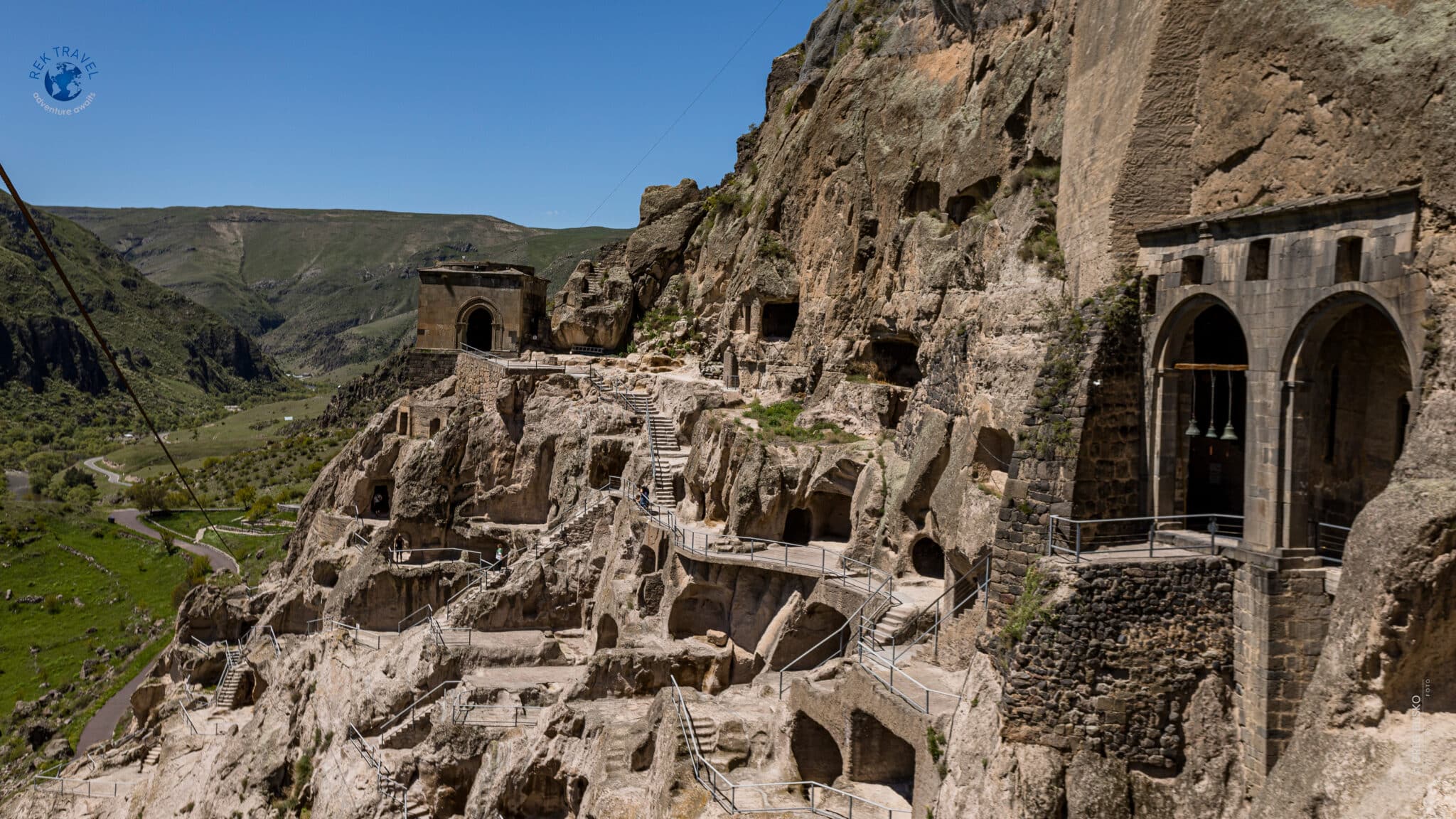
KASACH - ECHMIADZIN - ZVATNOC – YEREVAN
Approaching Yerevan, we will see the four peaks of Mount Aragats. Ever since the Turks took Ararat from the Armenians a hundred years ago, Aragats has been the highest mountain in the territory of the Republic of Armenia. Both mountains “look at each other”, and we will stand directly between them. We will also see the large Kasach canyon and the Sagmosawank Monastery standing on its shore.
In the area there is a monument to the Armenian alphabet in the form of large stone letters scattered on the hill – we will take a walk between them. At some point, going uphill, we will stop the car. The car with the engine turned off will not roll backwards, but will go up. In this way, we will experience the operation of one of several places in the world where the phenomenon of the so-called “reverse gravity”. Further on, our next point on the map will be the Amberd fortress. The name translates to “Fortress in the clouds” and actually being at an altitude of 2300 m above sea level and is often surrounded by white clouds. Armenia is the first country to adopt Christianity as its state religion in 301. The spiritual capital of the Armenian Apostolic Church is Etchmiadzin. We will see there the “mother church”, that is the cathedral, its foundations of which date back to the 4th century, the gardens of the Catholicos patriarch and a museum with extremely valuable relics and artifacts. From there, we will go to Yerevan, visiting Zwartnoc on the way – the ruins of a medieval monastery complex with a beautiful view of Mount Ararat.
In Yerevan, we will go on a tasting of Ararat cognac and a short tour of the factory where this world-famous liquor is produced. We will learn there about the production process, history and plans of the company.
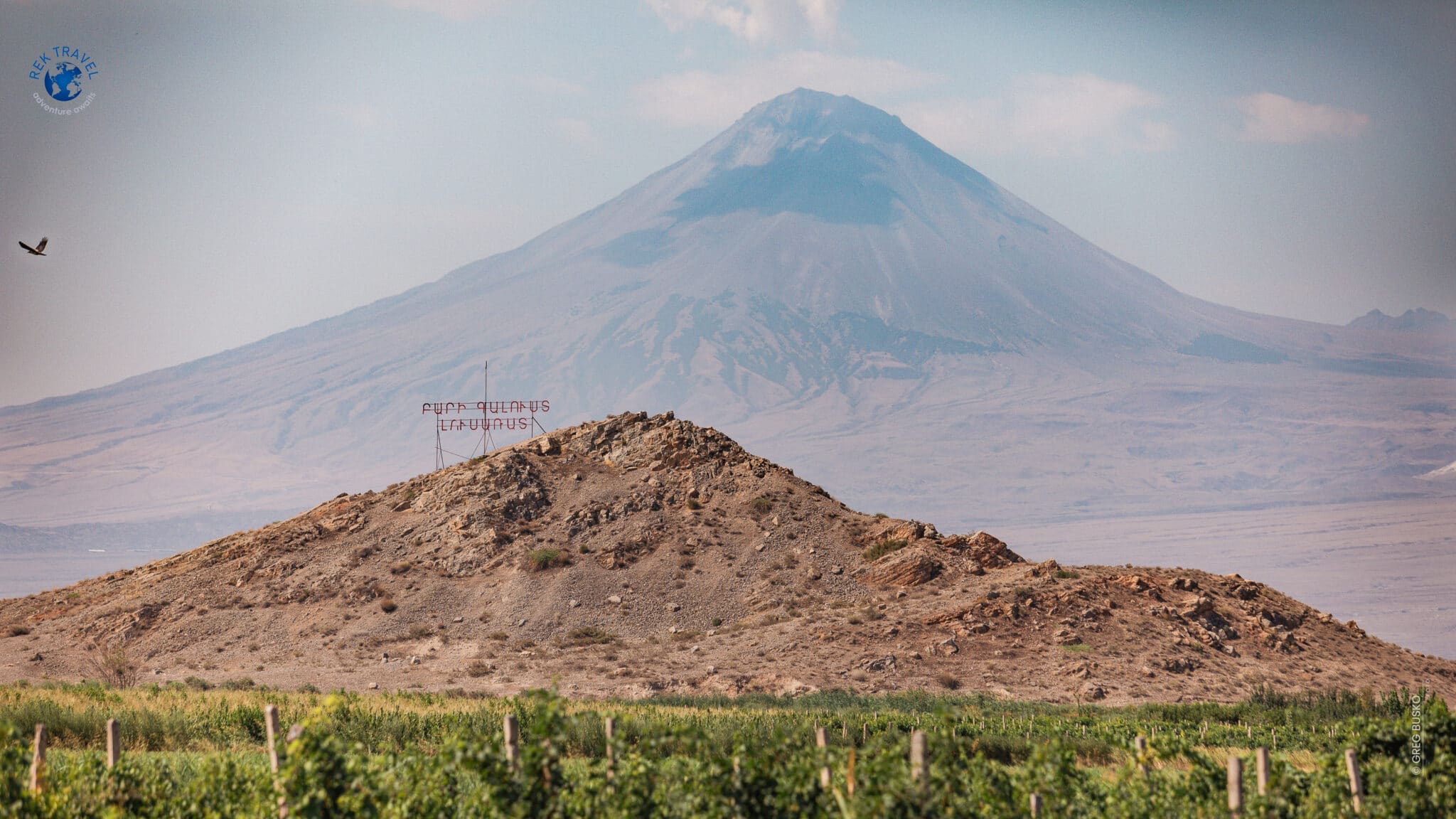
YEREVAN
We will spend this day visiting Yerevan, the capital of Armenia. It is a city with a population of over a million people. Yerevan, according to archaeological research and ancient records, is 29 years older than Rome. Although of ancient origin, the city’s architecture is “only” 100 years old, and the entire city plan is the work of the visionary architect Alexander Tamanian. Wide streets, monumental buildings full of colonnades and intricate bas-reliefs, numerous fountains and pulpulas (small fountains with drinking water), parks and squares – this and much more will accompany us every day of our stay in the city.
We will start our tour of the city from the famous Cascades, from the top of which we will admire the beautiful panorama of Yerevan with Mount Ararat in the background. We will take a walk next to Freedom Square and the Opera building, then along the representative Northern Avenue to the Republic Square – the heart of the city.
We will also get acquainted with the tragic chapter of Armenian history by visiting the 1915 Genocide Museum on Tsitsernakaberd Hill. Having learned about the difficult past of the nation, we will try to understand the Armenian mentality.
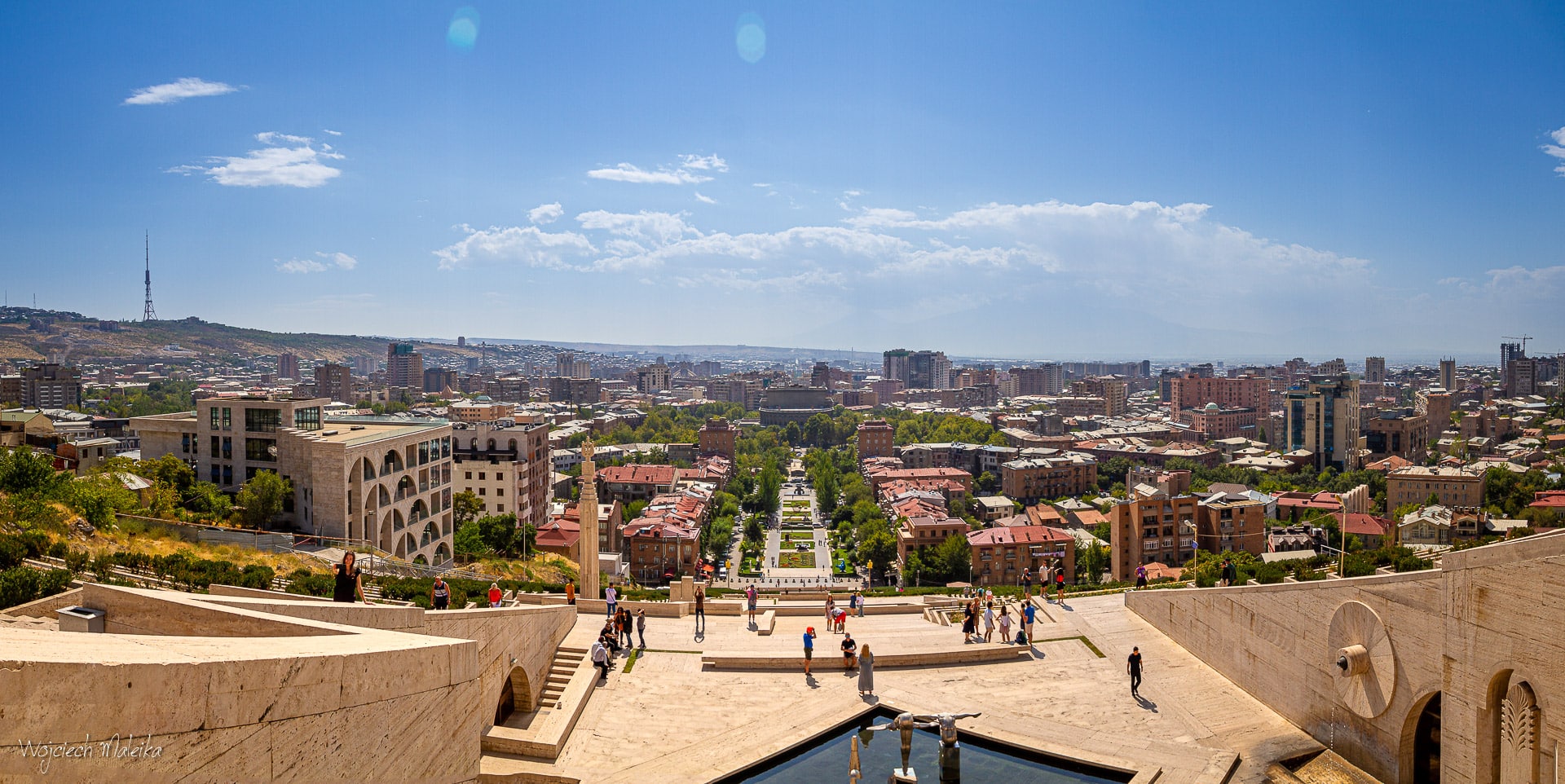
GARNI - GEGHARD - CHOR VIRAP - JERMUK/GORIS
On this day we will leave Yerevan. First, we will go to Garni – the Hellenistic temple of the sun god from the 1st century AD. We will go down to the bottom of the gorge above which the temple was erected. There we will see the so-called “symphony of stones”, i.e. basalt rock formations resembling organ pipes. A dozen or so kilometers further, we will visit the rock-hewn Geghard monastery from the 4th century. There is a holy spring there, and the monastery itself was for many centuries the place where the Spear of Destiny was stored. We’re going south of the country. We will climb the hill with the monastery of Khor Virap – a place where there used to be a dungeon near the old capital – Artashat. In this dungeon St. Gregory the Illuminator – the one who baptized King Trdat in 301, making Armenia the first Christian country in the world. Khor Virap is located at the foot of Mount Ararat. This is the closest we can get to the biblical mountain.
Further south, among the red rocks of the canyons of the Wajoc Dzor region, we will find the Noravank Monastery. There we learn the legend of the sculptor Momik, who was love with the daughter of Prince Sjunik. From there we will go to Jermuk – a town with a famous spa and mineral water intake or, depending on the reservation, to the town of Goris.
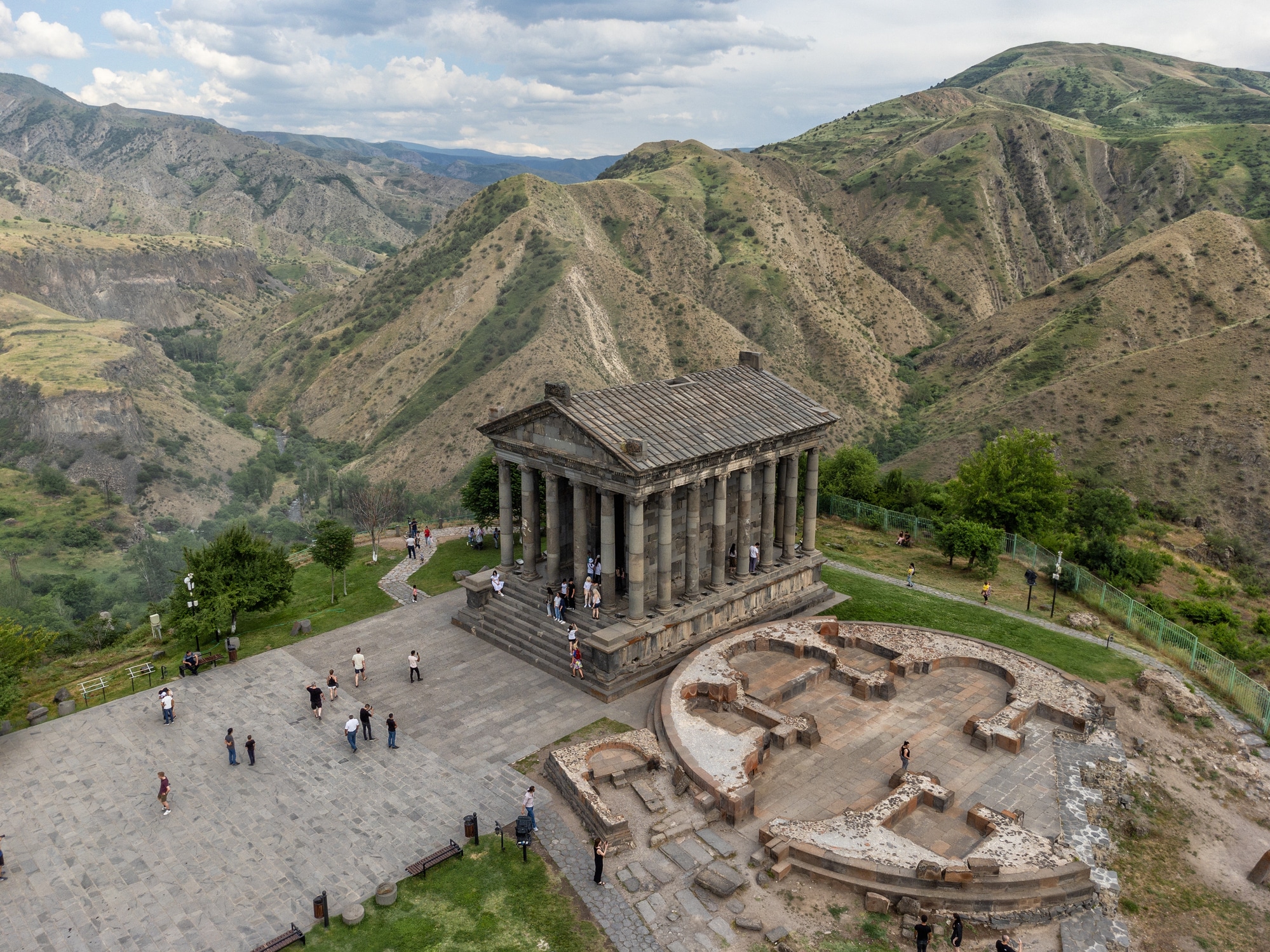
TATEV - ZORAC KARER
In the morning we will go to Tatev to ride the longest cable car in the world and see the most important religious and scientific center of medieval and modern Armenia. On the mountain road we will stop at the so-called “Devil’s Bridge”, under which a beautiful cave is hidden.
We’ll head north. We will stop at the megalithic burial mound and the alleged Zorac Karer astronomical observatory, also known as the “Armenian Stonehenge”. The next place on our route will be the medieval caravanserai Selim. At an altitude of about 1900 m above sea level, we will see Lake Sevan. Driving along the southern shore of the lake, we will visit the Noratus cemetery with the largest cluster of intricately carved, typically Armenian stone crosses – khachkars.
We will spend the night in a hotel on the banks of Sevan. The sound of waves and clean air will allow us to rest well.
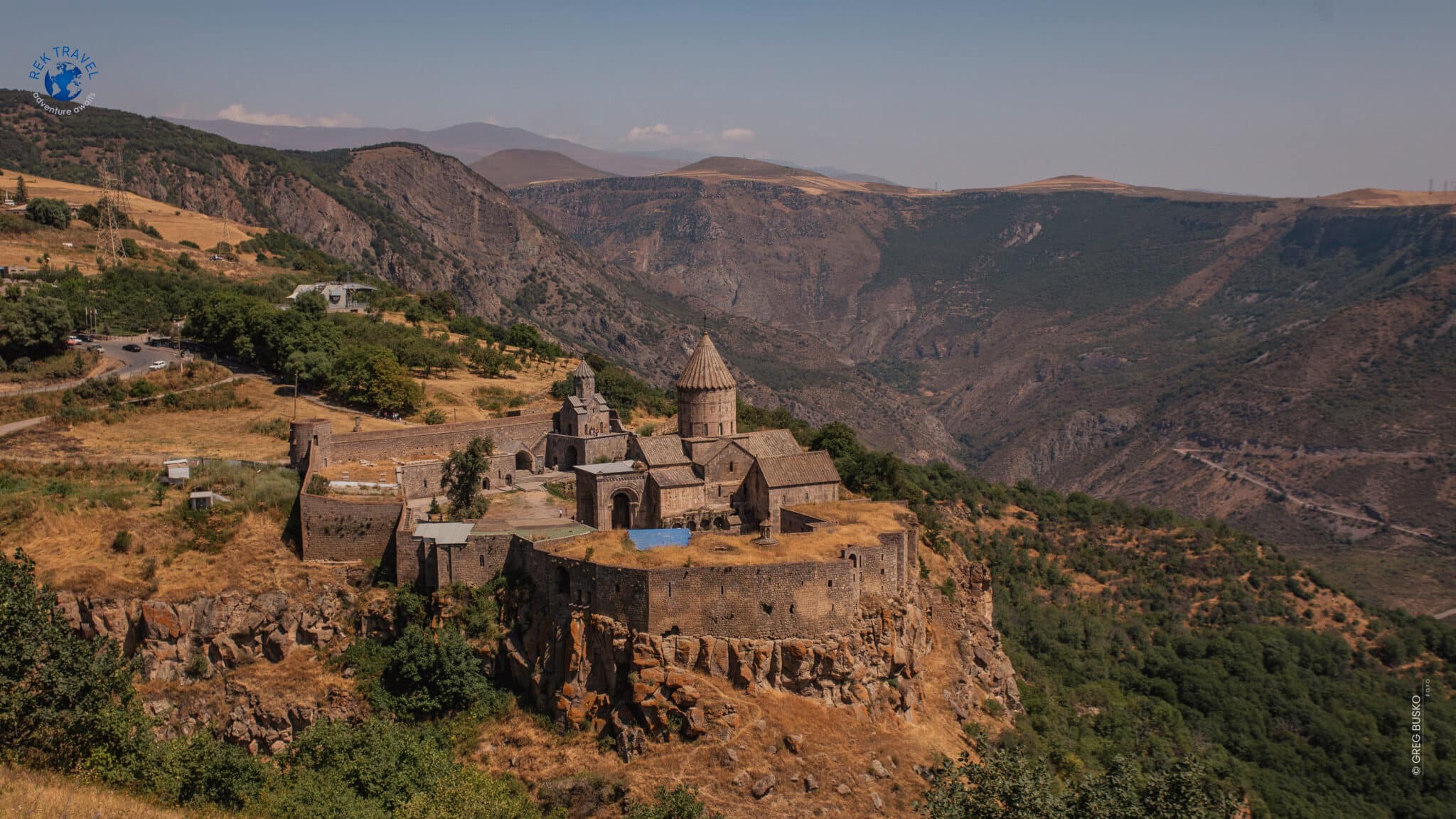
Greg Busko Foto
SEWANAWANK - HAGHPAT - TBILISI
We will spend the morning on the Sevan. We will see the Ahtamar peninsula with the “black monastery” of Sevanavank – the place of the victorious battle for the Armenians from the period of the Arab invasions. We will drive through the vicinity of the city of Dilijan – Armenian Switzerland. In the vicinity of the city of Alaverdi, we will drive to the top of the hill, where the UNESCO-listed Haghpat Monastery is located, where the famous Armenian composer and poet Sayat Nova once stayed and worked.
We will cross the border in Sadakhlo and find ourselves again in Georgia. In this border area, we can see a clear presence of Muslims, mainly Azerbaijanis. Going north, we will close the gap on the map in the capital of Georgia – Tbilisi.
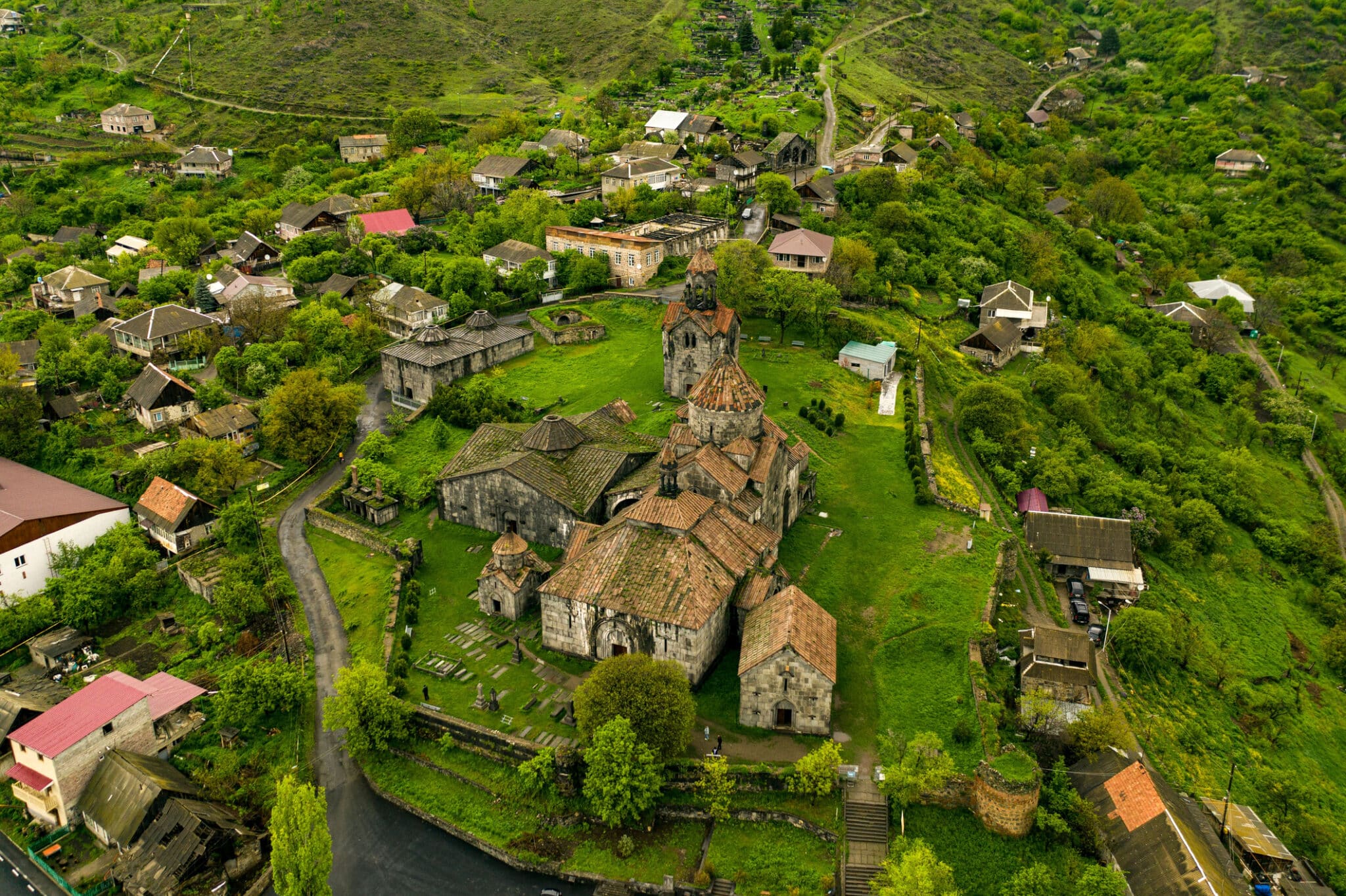
DEPARTURE FROM TBILSI
After packing up and summarizing our trip, it’s time for the return flight. We will arrive at Rustaveli’s Shota airport in Tbilisi about 2 hours before the scheduled departure.
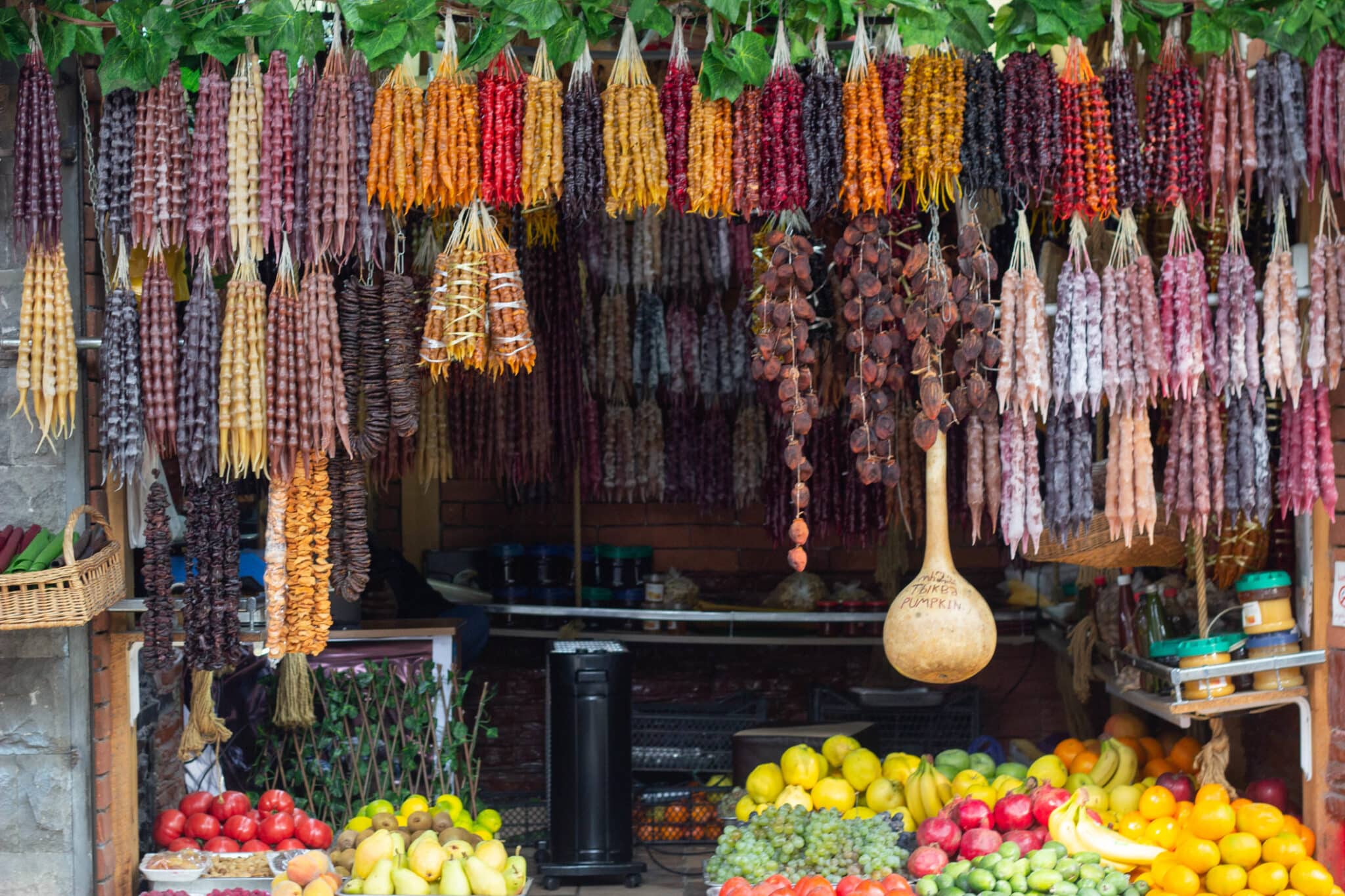
Trasa wybranej wycieczki
Firma nie ponosi odpowiedzialności za stracone mienie klienta w wyniku włamania, kradzieży, zgubienia itp. nie ponosimy również odpowiedzialności za straty klienta w motelach. Firma Rek Travel zastrzega sobie prawo do zmiany programu, dyktowanych okolicznościami niezależnymi od niej. Klient zobowiązany jest do przestrzegania regulaminu wycieczki. Uczestnicy wycieczki ubezpieczeni są zgodnie z wymogami amerykańskiego Departamentu Transportu na łączną kwotę $5000.000 (polisa do wglądu na życzenie klienta). Za dodatkową opłatą uczestnicy mogą ubezpieczyć się na wypadek leczenia szpitalnego i ambulatoryjnego schorzeń nabytych w trakcie wycieczki oraz nieszczęśliwych wypadków w obiektach zwiedzanych (wszelkie informacje w biurze).
 Rek Travel Adventure
Rek Travel Adventure Rek Travel Polska
Rek Travel Polska

